

FROM CROP TO CUP
From the outside looking in, coffee culture can seem intimidating, like stepping into a well-established clan with its own particular dress code (facial hair and ink a must), language (that aint just a latte, thats a full-bodied, acidic blend with roasted hazelnut undertones) and unwritten laws (did you say soy cappuccino?! Uh-uh). But as any pro barista will tell you, all you really need to make an outstanding coffee are some basic ingredients, some practice, a bit of creativity and tastebuds to which youre willing to be true.
Like anything, coffee culture is subject to changes in fashion, and sometimes its hard to keep up. But there are a few things that never change, and once youre clear on the facts, the rest will fall into place. So first up, heres a quick guide to coffee: what it is, where it comes from, and a few other handy facts to put this beloved beverage into perspective.
BACKGROUND TO THE BREW
Its said that were in the third wave of coffee, so what were the first two waves? Well, the first wave didnt come until the mid-twentieth century, but lets not ignore the hundreds of years of coffee that came before.
As far as we know, coffee (the drink) has been around since the fifteenth century, when someone in the south-western highlands of Ethiopia (possibly a goatherd, possibly a starving, exiled saintnobody seems quite sure) realized that boiling the seeds of the native coffea tree produced a drink that was both flavorsome and gave a pleasant little energy kick to the drinker. The drink spread throughout the Middle East, and by the end of the sixteenth century these beans were being traded across Europe, from where they were shipped to growing colonies throughout Asia, the Pacific and America.
The next big shift came during World War II, when someone figured out how to freeze-dry their brew and the world was granted the (debatable) joy of instant. It became easy and cheap to take coffee across continents and oceans, later to be brought to life with just a splash of boiling water. This is known as the first wave of coffee, which took the stuff into homes and offices across the developed world.
AS FAR AS WE KNOW, COFFEE (THE DRINK) HAS BEEN AROUND SINCE THE FIFTEENTH CENTURY.
 The second wave was the arabica bean boomcompanies like Lavazza and Peets started roasting higher-quality arabica to be sold to cafs and supermarkets. This was the era that saw massive coffee chains such as Starbucks taking over entire shopping strips, and good coffee became all about the espresso machine.
The second wave was the arabica bean boomcompanies like Lavazza and Peets started roasting higher-quality arabica to be sold to cafs and supermarkets. This was the era that saw massive coffee chains such as Starbucks taking over entire shopping strips, and good coffee became all about the espresso machine.
And now for the third wave, where we go back to the bean and all it has to offer. Its all about seeing the production of coffee as an artlike winemaking or micro-brewing beer. Concerns about exploitation in the coffee industry have led to a new age of transparency, where baristas, roasters, importers and growers are more intent than ever to open up. And the best thing about this is that its becoming easier for anyone to learn the ropes, without having to spend thousands of dollars on equipment.

A GOAT FIRST DISCOVERED COFFEE, APPARENTLY.
Legend describes a ninth-century, Ethiopian goatherd named Kaldi finding his flock up on their hind legs dancing after eating coffee cherries. Or, as is more likely (though less colorful), he noticed they were perkier than usual and they didnt sleep that night.
Kaldi reported his findings to the local abbot (Those blasted goats annoyed the bejesus outta me last night.). The abbot then boiled the berries and noticed he was more alert for that evenings prayer. He then made a few more cups to share with the rest of the monastery, and the good word about coffee spread.
FROM CHERRY TO BEAN
BEANS FOR BOTANISTS
Going back to the beginning, coffee beans are actually seeds found inside the bright red, cherry-like fruit of a coffea tree. There are different species of coffea tree, but generally, they grow to around ten feet and flourish in tropical conditions (hot and high), between the tropics of Capricorn and Cancer.
The coffea tree blooms fragrant, white flowers three times a year and the cherries begin to grow after each bloom, reddening from green as they ripen. Each cherry contains two green seeds that, once processed, become what we know as coffee beans.
ARABICA VS. ROBUSTA
Arabica is the species of plant from which all specialty (and also most commercial) beans are currently derived. Its a princess of plants: fragile, susceptible to attacks by pests and relatively needyrequiring particular degrees of moisture, sun, shade and soil richness to thrive. But, its also capable of producing a wide taste range. There are a number of varieties, strains and cultivars of arabica.
Robusta is the other species thats commercially farmed. Its just beginning to emerge onto the specialty coffee market, but is commonly used in instant-coffee brands. Its a hardier plant with a higher yield of beans that are higher in caffeine but have been described as having a neutral to harsh taste range. Still, a small number of coffee growers are experimenting with specialist robustatime will tell if it catches on.
THE PROCESS
It takes a lot to turn a cherry into a coffee bean. After its picked, often by hand (one cherry at a time), the raw fruit is processed to remove the cherry pulp from the seed (or bean). There are various ways to do this.
The most meticulous process, which requires custom equipment, is wet processing (also referred to as washed coffee), where the pulp is allowed to ferment before being washed off, then the bean is dried and hulled to remove the parchment around the seed.
Another commonly used process is the dry process (also known as natural coffee), where the whole fruit is dried and then hulled, which removes the parchment and pulp in one process.
There is a third, in-between process called semi-drying (sometimes called semi-washed, or wet-hulled) in which the pulp is removed by custom-built machines, before the seeds are stored for a day, washed, then partially dried.
Once the bean has been completely separated from the fruit, its cleaned and sorted according to its density, size and color, then graded.
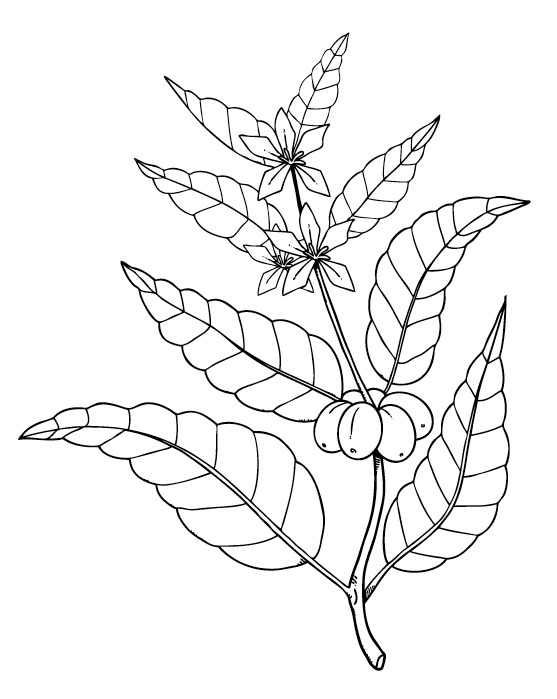

OF THE MANY COFFEE-RELATED TRADITIONS THAT HAVE SPRUNG UP OVER THE CENTURIES, THE MOST WARM-AND-FUZZY OF ALL HAS TO BE CAFF SOSPESO.
Born around a century ago in the working-class neighborhoods of Naples, caff sospeso is Italian for suspended coffee. Its a simple pay it forward concept, where a customer pays for two coffees but drinks only one. The second coffee is suspended, and given free of charge to anyone down on their luck who comes into the caf. This old practice has had a bit of a resurgence lately, and there are now cafs and coffee-drinkers all around the world getting involved.




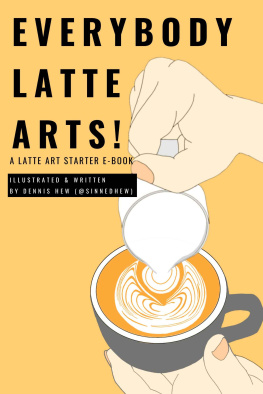

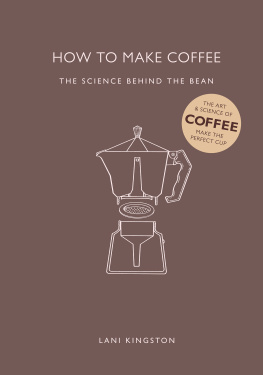
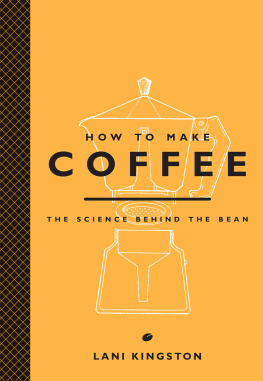
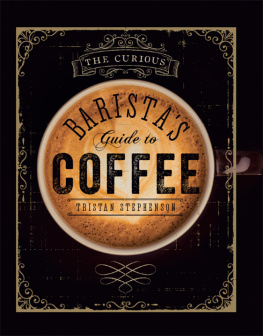


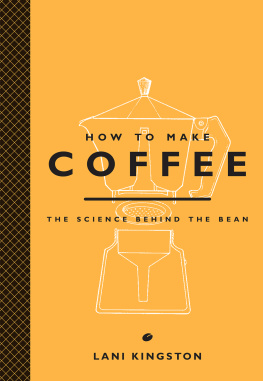


 The second wave was the arabica bean boomcompanies like Lavazza and Peets started roasting higher-quality arabica to be sold to cafs and supermarkets. This was the era that saw massive coffee chains such as Starbucks taking over entire shopping strips, and good coffee became all about the espresso machine.
The second wave was the arabica bean boomcompanies like Lavazza and Peets started roasting higher-quality arabica to be sold to cafs and supermarkets. This was the era that saw massive coffee chains such as Starbucks taking over entire shopping strips, and good coffee became all about the espresso machine.

